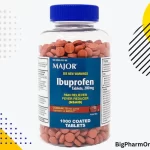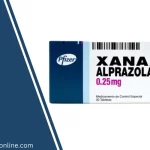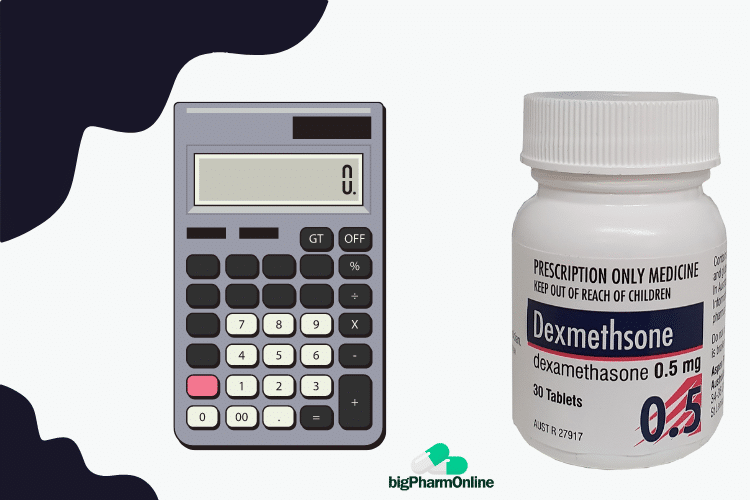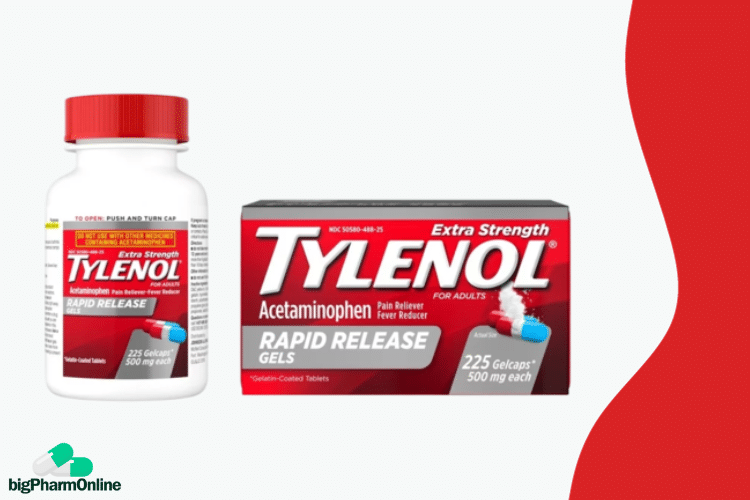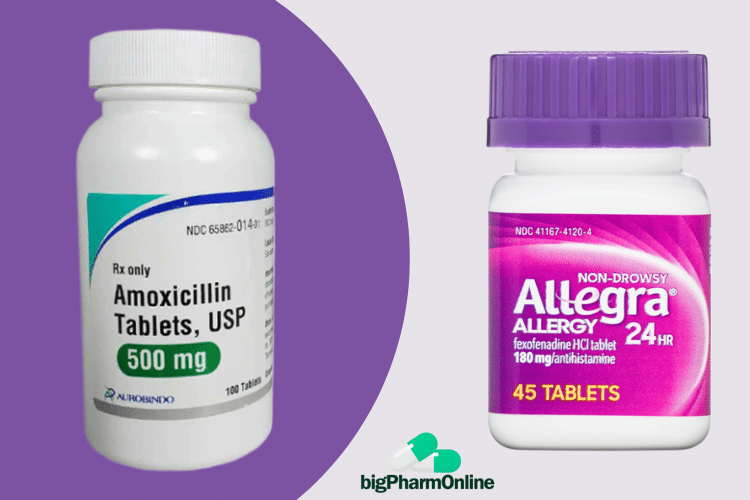Can You Take Amoxicillin And Tylenol At The Same Time?
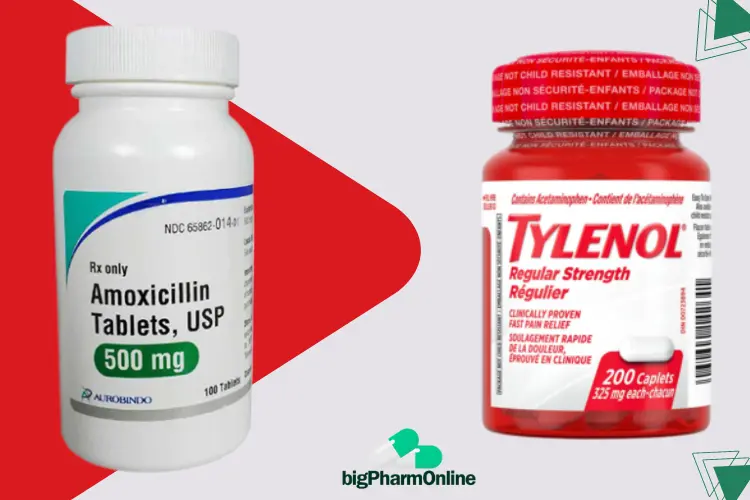
Fever and body pains are common symptoms of an infection. While these symptoms can resolve after the actual cause has been treated by an antibiotic like Amoxicillin, sometimes you just need to gain relief from them sooner.
Taking Tylenol in this case can be quite helpful. However, there is an underlying concern about the safety of using both together. In this article, the pharmacist will let you know if it’s safe to take Amoxicillin and Tylenol at the same time.
Key points
- It is safe to take amoxicillin and Tylenol (acetaminophen) at the same time. There is no interaction between the two medications.
- Amoxicillin is an antibiotic that treats bacterial infections while Tylenol reduces fever and body aches but does not treat infections.
- Correct Tylenol dosage is very important, especially for children based on weight/age, to avoid liver damage from overdose.
- For children under 2 years old, the Tylenol dose must be calculated by a doctor and not estimated on your own.
Can You Take Amoxicillin And Tylenol At The Same Time?
It is safe to take Amoxicillin and Tylenol (acetaminophen) at the same time because they do not interact with each other. Taking Tylenol will not reduce the effectiveness of Amoxicillin nor will it increase its side effects.
This also applies to amoxicillin. Taking it at the same time as Tylenol will not hinder its ability to reduce fever and relieve pain. Amoxicillin works differently from Tylenol, and it only treats infections caused by bacteria that are susceptible to its effect.
Tylenol is a pain killer with an added ability to also reduce fever. It does not treat infection nor does it treat the actual cause of the fever or pain. Tylenol is only used to temporarily relieve fever and pain which are symptoms of an underlying health condition.
More Information About Tylenol
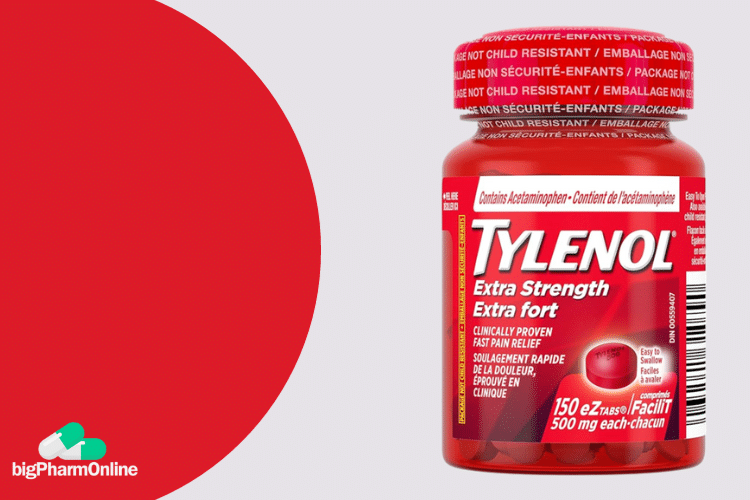
Tylenol is a brand name for acetaminophen. It is used mainly for pain and fever relief. Tylenol is available in different formulations, adapted to make it more acceptable to patients of different age groups. Some of the forms in which Tylenol is available include:
- Tablets
- Cream
- Oral Suspension
- Disintegrating tablets
- Chewable tablets
- Powder
The dose of acetaminophen to take varies depending on the age group and the particular type of Tylenol.
Doses Of Tylenol for Adult
Tylenol formulated for adults is available in 3 different strengths:
- Regular Strength (325 mg)
- Extra Strength (500 mg)
- Extended-release (650 mg)
Regular Strength and Extra Strength are both immediate-release formulations and are taken more frequently than the extended-release formulation (e.g. Tylenol arthritis pain).
Recommended doses of Tylenol for adults are:
- Regular strength: 1-2 tablets (i.e. 325-650 mg) orally every 4 hours; not to exceed 10 tablets (3,250 mg) in 24 hours.
- Extra Strength: 2 tablets (1000 mg) orally every 6 to 8 hours; not to exceed 6 tablets (3000 mg) in 24 hours.
- Extended-release: 2 capsules (1300 mg) orally every 8 hours; not to exceed 6 tablets (3900 mg) in 24 hours.
The maximum daily dose of acetaminophen is 4000 mg. Exceeding this maximum dose will put you at risk of developing severe liver damage.
Doses of Tylenol for Children
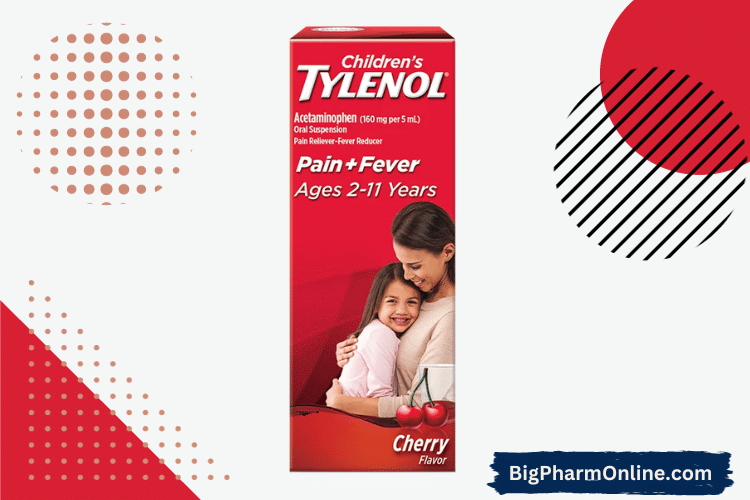
The doses of Tylenol are calculated based on the body weight. Our Tylenol dosage calculator can help you to easily calculate the recommended dose for your child, provided your child is above 2 years and you also know the age.
The following are the available formulations of Tylenol for children.
- Infants’ Tylenol® oral suspension (160 mg per 5ml);
- Children’s Tylenol® oral suspension (160 mg per 5ml);
- Children’s Tylenol® chewable tablet (160 mg per tablet); and
- Children’s Tylenol® dissolve pack (160 mg per powder pack)
The table below summarizes the recommended doses of Tylenol for children.
| Age (yr) | Weight (lbs) | Dose (mL) |
|---|---|---|
| under 2 | under 24 | ask a doctor |
| 2-3 years | 24-35 | 5 mL |
| 4-5 years | 36-47 | 7.5 mL |
| 6-8 years | 48-59 | 10 mL |
| 9-10 years | 60-71 | 12.5 mL |
| 11 years | 72-95 | 15 mL |
The dose of Tylenol for children below 2 years must be determined by your doctor because the dose at this age depends on the age and weight.
Side effects of Tylenol
Tylenol is usually safe and well tolerated when used as directed. However, just like all other medications, it cannot be totally devoid of any side effects.
Side effects of Tylenol are often mild and usually dissolve on their own. These side effects may occur even at the recommended doses.
Common side effects of Tylenol include:
- Rash
- Itching
- Headache
- Loss of appetite
- Stomach pain
- Dark urine
- Nausea
- Clay-colored stools
- Hoarseness
Tylenol can also cause severe liver damage but this only happens if taken in overdose. Hence, to prevent this, it is recommended that you stay within the approved dose range. Do not determine the dose for children below 2 years on your own.
Can I Give My Child Amoxicillin And Tylenol?
Yes, it is safe to give your child amoxicillin and Tylenol together or at the same time. They do not interact with each other and as such, there is no danger to your child. It is also safe to give Tylenol and Amoxicillin to your infant of 6 months. But the dose here has to be determined by your doctor.
Giving Tylenol to your child can help relieve some of the uncomfortable symptoms of infections such as pain and fever. There are Tylenol formulations designed specifically for children. These formulations were mentioned above.
Safety Tips When Taking Amoxicillin And Tylenol At The Same Time
- Do not exceed the maximum daily dose of Tylenol, as doing so can put you at risk of developing severe liver damage.
- Avoid using alcohol while taking Tylenol to prevent liver damage.
- Amoxicillin should be taken as prescribed and for the complete duration it was prescribed. Stopping halfway can make the bacteria gain resistance against the drug, therefore making it ineffective on subsequent usage.
Final Thoughts
There is no harm in giving Tylenol and amoxicillin at the same time, as long as the patient has no liver disease or condition preventing the usage of the two. The two medications should be taken as directed by the doctor and doses for children below 2 years must be determined by a doctor.
References
- Gerriets V, Anderson J, Nappe TM. Acetaminophen. [Updated 2023 Jun 20]. In: StatPearls [Internet]. Treasure Island (FL): StatPearls Publishing; 2023 Jan-.
- Akhavan BJ, Khanna NR, Vijhani P. Amoxicillin. [Updated 2023 Nov 17]. In: StatPearls [Internet]. Treasure Island (FL): StatPearls Publishing; 2024 Jan-.
- Tylenol Official Website. Products
Was this helpful?
About the Pharmacist
Pharm. John Mark (BPharm) is a licensed pharmacist with over 6 years of experience spanning clinical, community, and hospital pharmacy settings.
His wealth of experience and expertise makes him your knowledgeable and go-to source for all pharmacy and medication-related questions.




